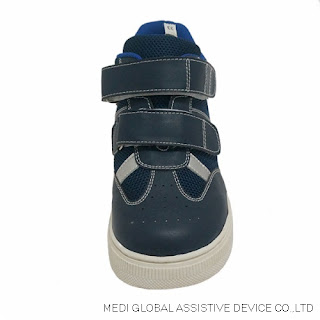Many patients communicate with a lot of prosthesis salesmen in the hospital.Some companies will brag the effect of installing prosthesis for the patients.Actually the compensation effect after the installation of thigh prosthesis not as good as theysay.
Today MEDI-REHATEK will tell you about the effect for a unilateral thighamputee after wearing prosthesis.
1, After the installation of artificial limb, amputation patients can continue usingduring working in the day.
2, The average walking speed can reach 100mper 1 minute 30 seconds.
3, Whether patient can have continuous walking distance above 1km, that depends on the condition of patient’s stump
4, Unilateral thigh amputation patients do not need to walk with crutches. Bilateral amputation patients with good physical condition do not need a crutch.In general,patient is required to walk with a single crutch or double crutches.
5, Patients with unilateral, bilateral thigh prosthesis can freely alternate position likesitting, standing and other postures.
6, This note is not directly related to the ability to walk, in the daily life patients can go to the toilet, take off the shoes freely and other daily living.
Relative blog:



































